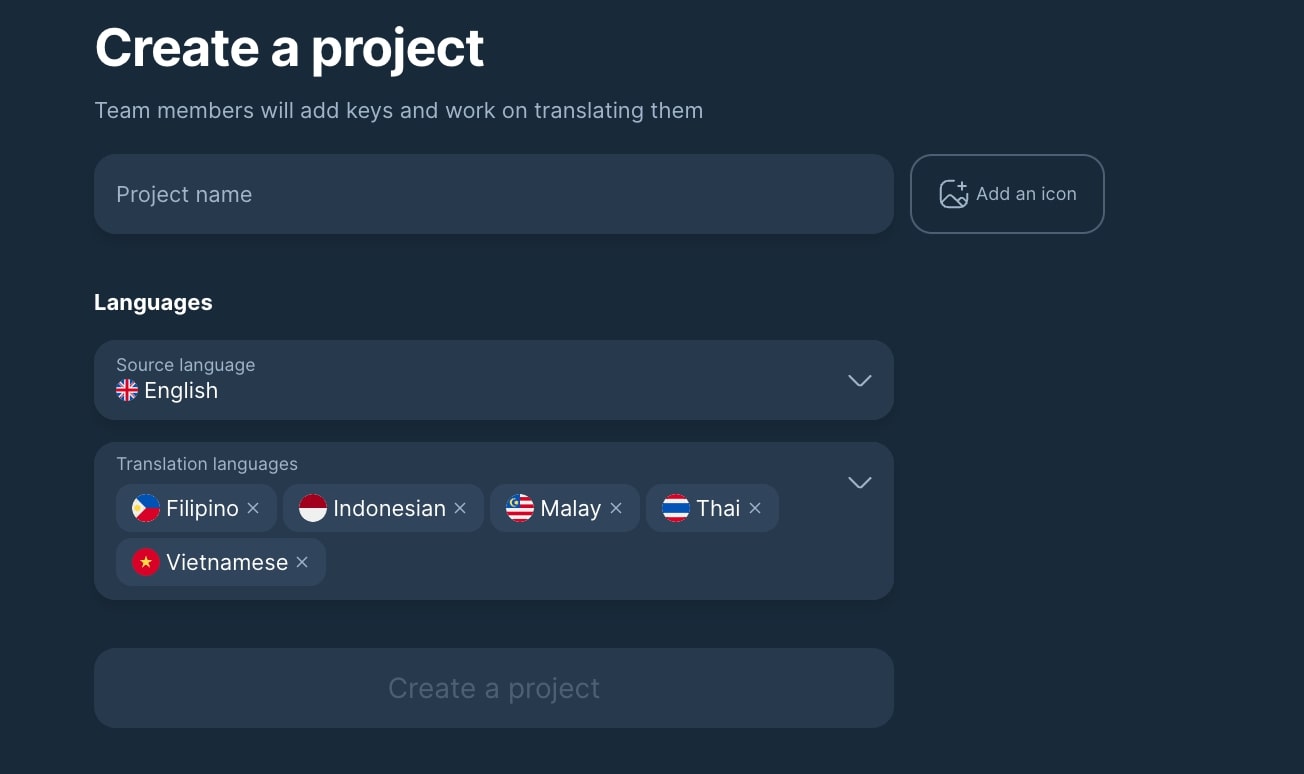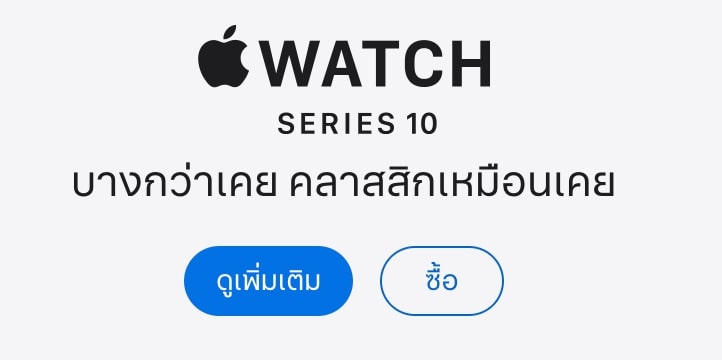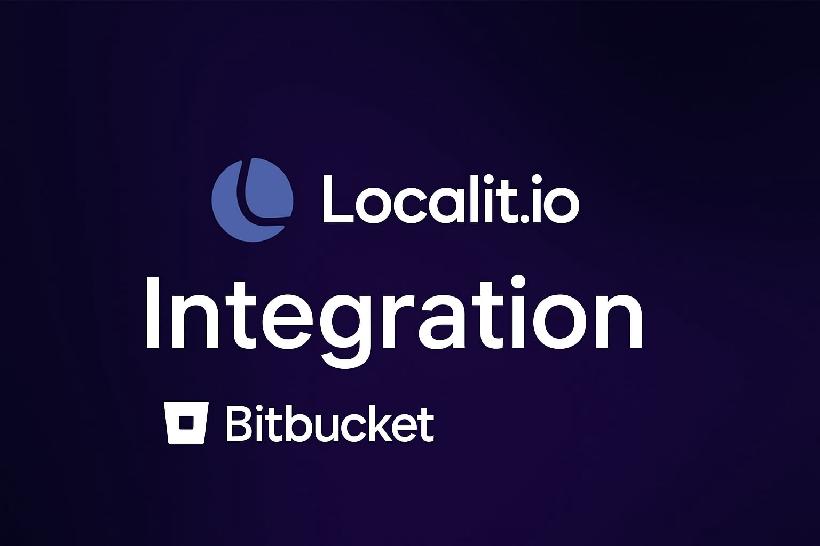The 21st century is all about chasing new horizons, and Southeast Asia is where the action’s at. Sure, Europe and North America are still big players, but 2025 belongs to the buzzing, chaotic, opportunity-packed markets of Indonesia, the Philippines, and Singapore. Indonesia is the e-commerce wonderland, where Tokopedia and Shopee rake in billions while brands scramble to grab the attention of a massive, young, and digitally savvy population. Over in the Philippines, social media is practically a national sport—Filipinos clock in a world-beating 4 hours and 15 minutes daily on platforms like Facebook and TikTok. Meanwhile, Singapore is the sleek, tech-powered hub where a single campaign can ripple across the region like a well-placed Instagram Reel.
But here’s the thing: Southeast Asia isn’t a single puzzle; it’s a mosaic. Crack Indonesia, and you’ll need more than Google Translate to nail linguistic nuances. In the Philippines, it's all about relatable, punchy content that feels personal—and yes, the memes better land. And in Singapore, your message needs to be sharp, witty, and polished, like the city-state itself. One-size-fits-all? Not here. So, if you’re ready to play, localize like a boss, speak their languages (all of them), and let Southeast Asia’s diversity fuel your next big win.
In this article, you'll learn more about what countries to focus on first in Southeast Asia, what languages promise the biggest yields, and what local customers expect out of businesses.
Localization in Southeast Asia: the Basics
Speaking in plain terms, localization is your solution to being on the same page with your target audience. It involves not just translating but also fine-tuning content and texts in a way that will be met with approval and understanding rather than raised eyebrows and giggles on social media. Here's what you need to take into account when localizing:
Website content
User interface (UI)
Marketing materials
Product descriptions
Customer support scripts
Legal documents
Software applications
Social media posts
Instruction manuals
So far, so good, right? This task is quite easy if you take into account the following:
Target audience demographics
Cultural differences
Language nuances
Regional idioms and expressions
Local regulations and legal requirements
Measurement units
Currency formats
Date and time formats
With this under your belt, localization will become much more straightforward. But what about localizing for Southeast Asia?
Southeast Asia: Numbers and Stats
Southeast Asia is a diverse region, where different ethnic groups, cultures, languages, and traditions all form a unique landscape. The region includes the following countries:
| Country | Population (2024 estimates) | Predominant Language | Predominant Religion |
|---|---|---|---|
| Indonesia | 283,488,000 | Indonesian | Islam |
| Philippines | 115,844,000 | Filipino | Christianity |
| Vietnam | 100,988,000 | Vietnamese | Buddhism |
| Thailand | 71,668,000 | Thai | Buddhism |
| Myanmar | 54,500,100 | Burmese | Buddhism |
| Malaysia | 35,557,700 | Malay | Islam |
| Cambodia | 17,638,800 | Khmer | Buddhism |
| Laos | 7,769,820 | Lao | Buddhism |
| Singapore | 5,832,390 | English | Buddhism |
| Timor-Leste | 1,400,640 | Tetum | Christianity |
| Brunei | 462,721 | Malay | Islam |
With almost 700 million people living there, the region is extremely important for business expansion. But it is also an area of extreme contrast. Southeast Asia is home to:
The 14th (Indonesia) and 164th (Brunei) biggest countries in the world.
The 4th (Indonesia) and 169th (Brunei) most populous countries in the world.
The 5th (Singapore) and 167th (Myanmar) countries ranked by GDP per capita.
The 9th (Singapore) and 155th (Timor-Leste) countries ranked by the UN's Human Development Index (HDI).
The biggest Muslim nation (Indonesia) and the second-biggest Buddhist nation (Thailand).
Thailand, a country that was never colonized, and Timor-Leste, one of the youngest sovereign nations in the world (gained independence in 2002).
This poses quite a challenge for businesses that want to expand rapidly into the whole region with its different countries and their consumer markets. But a carefully crafted localization strategy will ensure a lasting success, lots of encouraging smiles, and approval from the board of directors at their upcoming meeting.
What Southeast Asian Countries to Pursue First?
Resources are limited, time is precious, spreading yourself too thin is just not an option. So what markets should you be targeting ahead of others in your quest called "Localization for Southeast Asia"? Let's break it down.
Singapore
This is a relatively easy choice. Singapore is a well-developed nation with a population that speaks English well. No need for localization then, you may say? Hold up. Localization is not just about translating and calling it a day. It also involves tweaking your slogans, adjusting layouts, redesigning visuals, and more. Tips on how to achieve this will be covered later on.
Indonesia
With a bigger population than Germany, France, Italy, and Spain combined, Indonesia is a prime candidate for your business expansion. 700 languages are spoken there, but Indonesian is a safe bet when it comes to localization. The country's predominantly Muslim population will require you to change some of your visuals and rewrite content (respect religious holidays and no pork please!). Ensure your content resonates by aligning with local values and societal norms. Remember, a conversational and natural tone can bridge the gap between foreign and familiar.
Vietnam
Vietnam is a land where history meets rapid modernization. The country boasts a young, tech-savvy population that absolutely adores digital content. Vietnamese is the official language and with six tones (!!!) this can become a challenge if you do voice overs for YouTube videos. You should also lean into V-pop and social media presence to get your potential audiences excited about your product or service.
Thailand
Thailand is not just a dream tourist destination but also an exciting business opportunity. Thai is the official language, Buddhism influences many aspects of life. When localizing for Thailand, consider the importance of formality and respect in communication. The Thai script is unique, and text expansion can affect your UI/UX designs. Moreover, color symbolism plays a significant role; for instance, yellow is associated with royalty. A keen eye on these details can make your brand more appealing to Thai consumers.
The Philippines
English is common in the Philippines, but don’t forget about Filipino. Most people are Christian, and the country is known for its many holidays and celebrations. When localizing, try to match the local style of English, which includes unique phrases and expressions. It’s also important to understand the Filipino value of "pakikisama". Translated literally, it means to “get along with,” or to “to go along with” other people. Deep rooted in Filipino history, it will help you down the line when it comes to building trust and fostering a community.
Malaysia
Malaysia is a melting pot of Malay, Chinese, Indian, and indigenous cultures. Malay is the official language, but English is widely used (especially in business). Islam is the predominant religion. When localizing, be mindful of the multicultural landscape. Tailor your content to respect Islamic customs, while also embracing the diversity of Chinese and Indian traditions. This inclusive approach can broaden your appeal across various demographics.
Tips to Localize Better for the Southeast Asia Market
Now let's review important tips that will help you with localization in this promising region. Feel free to use it as a checklist too!
TMS is Your Way Forward
Picking a powerful yet affordable Translation Management System (TMS) will be worth it, trust me. Save your time and automate boring processes all with a few clicks. All that is left to do is just add a human touch to get the most out of your content. But what do you choose?
Meet Localit: a smart, AI-driven TMS designed to be your ultimate localization partner. Navigating thousands of website or app keys? No problem. Localit’s lightning-fast speed (up to 200 Mbps) and user-friendly interface make localization smooth and stress-free.
But that’s not all. With built-in chats, developers, project managers, and editors can collaborate like a dream—sharing screenshots, designs, and even voice notes to ensure nothing gets lost in translation. And with subscription plans tailored for startups and small businesses, breaking into new markets has never been this accessible or efficient.
Head over to Localit's website to find out more and claim your free trial!
P.S. Localit has all the top Southeast Asian languages, just saying.

Mobile First
Skipping out on mobile shoppers in Southeast Asia? Big mistake. This region boasts some of the highest smartphone usage in the world (smartphone penetration), so if your website isn’t mobile-friendly, you’re already losing the game.
Over 90% of internet users here rely on smartphones, and with 10 million young, mobile-first consumers joining the digital world every year, the future is all about swiping, scrolling, and buying on the go. Indonesia and Malaysia, for example, are packed with a generation that practically lives on their phones. Your site needs to not only look great on mobile but also speak their languages. Literally. Smooth navigation and clear translations? Non-negotiable.
Make Way for Character Length
Compare the following ads for Apple Watch Series 10 in Vietnamese, Thai, and Indonesian.



They all have varied lengths of words. Keep this in mind when it comes to designing visuals and web page layouts. You don't want your message to be lost because of a faulty plan. Ideally, you need to pair with a local expert who will guide you through this process.
Forget Minimalism, Add Color
In Southeast Asia, web design isn’t about “less is more”. It’s more is more, and then some. Minimalism? That’s for other regions. Here, it’s all about bright colors, bold graphics, and dynamic layouts that burst with energy. Websites are packed with life, reflecting the vibrant cultures and traditions of the region while grabbing your attention like a neon sign on a bustling street. Just look at this Instagram post by Starbucks Vietnam.

Forget sleek and sterile. Southeast Asian users want designs that feel alive and exciting, with interactive elements and visuals that don’t just invite you in but throw a party while you’re there.
Social Media Platforms Are Key
Social media is a total must in Southeast Asia. With over 60% of the population actively online, platforms like Facebook and Instagram dominate the scene, while WeChat and Sina Weibo bring extra opportunities. Sharing is second nature here, with features like Tokopedia’s one-click social sharing boosting word-of-mouth and driving sales. Malaysians alone boast a 91.7% social media penetration rate—proof that a connected audience is your best bet for growth.
Why does this matter? People trust their peers. A single share can skyrocket interest and sales faster than ads ever could. To thrive, brands need to embrace social media as both a marketplace and a community hub. Engage, make sharing easy, and watch your influence grow.
Why social media and community-building matter:
60%+ of Southeast Asians use social media actively.
Platforms like Facebook, Instagram, WeChat, and Sina Weibo are key.
Quick-share tools increase visibility and drive sales.
Word-of-mouth and peer trust are game-changers.
Social media drives a big slice of eCommerce sales.
Optimize Your Localization to Win over Southeast Asia
To win throughout Southeast Asia, localization is your golden ticket to cracking this vibrant, dynamic region. From mobile device optimization to creating content for Southeast Asia that clicks with online communities, your strategy must localize every detail to match the cultural norms of your target market. This isn’t a place for lazy and tired solutions. With social media being wildly popular in Southeast Asia and users relying on word-of-mouth recommendations, your approach needs to be social, colorful, and deeply rooted in what makes each country unique.
So, whether you’re tapping into Indonesia’s ecommerce boom, Malaysia’s multicultural markets, or the social-savvy Philippines, remember this: Southeast Asia is where the next big wins are, and your localization game needs to be sharp. Go bold, get specific, and speak the languages (most of them, at least). The opportunities are endless, but only if you’re ready to embrace the diversity and go all in.

 Bitbucket Integration: Complete Guide to Automated Localization Workflow
Bitbucket Integration: Complete Guide to Automated Localization Workflow ChatGPT-5 Now Available in Localit.io
ChatGPT-5 Now Available in Localit.io Everything You Need to Know about Mobile App Localization: Challenges + Best Practices of Working in a Different Language
Everything You Need to Know about Mobile App Localization: Challenges + Best Practices of Working in a Different Language